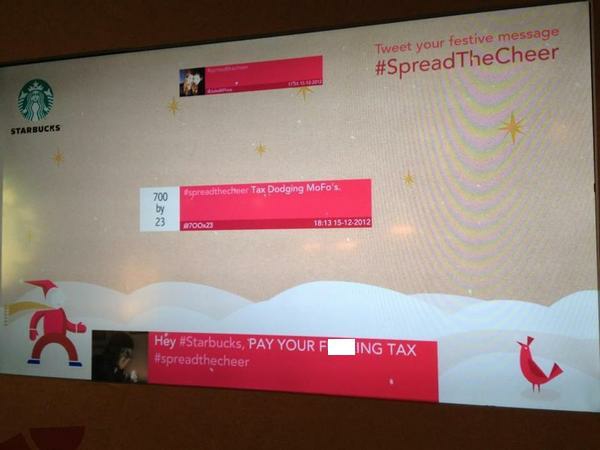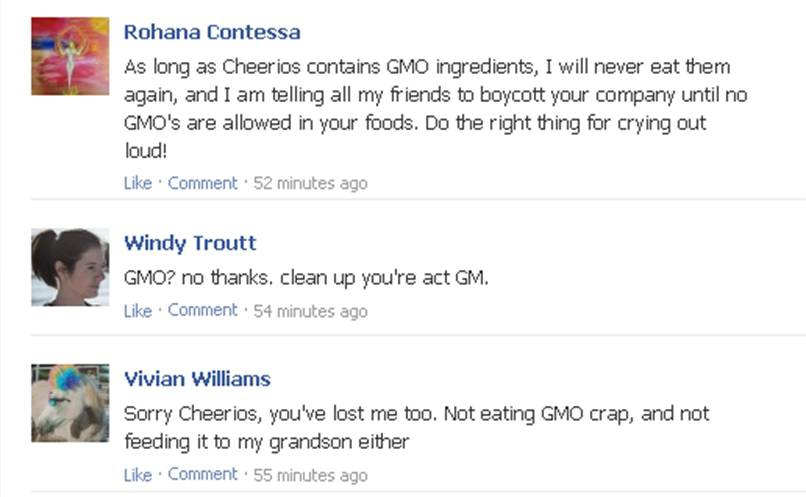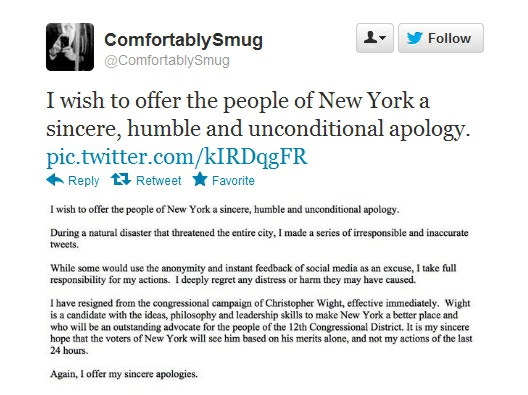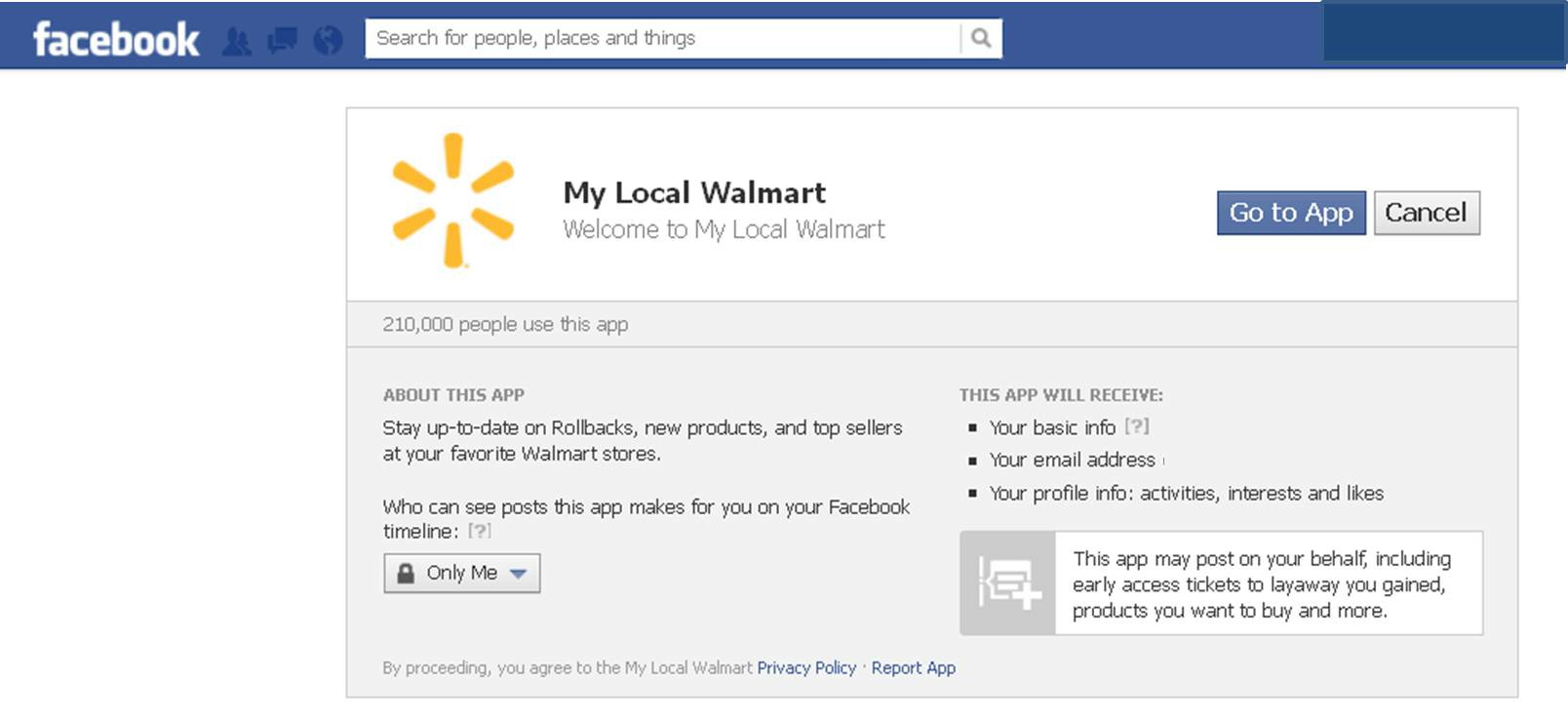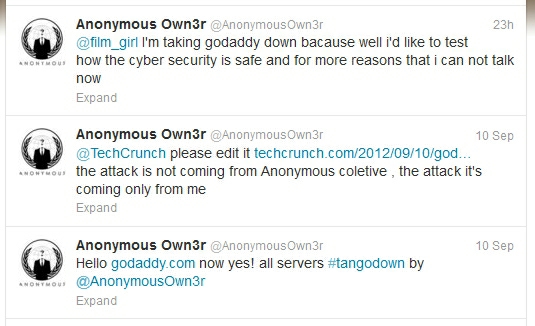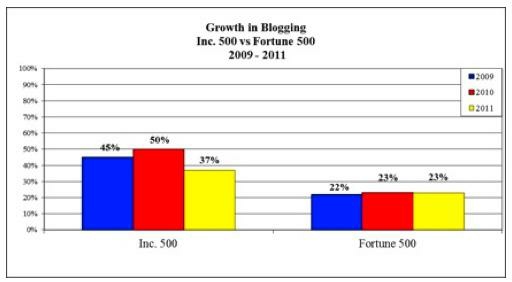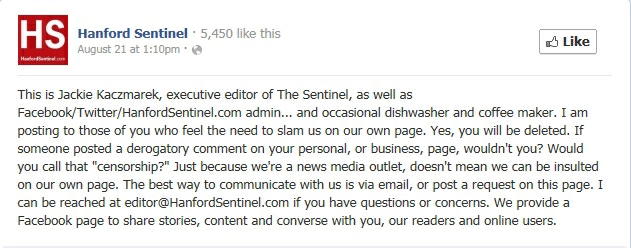Why wait for employees to forward internal messages to the press? RealNetworks founder and interim chief executive Rob Glaser has posted a layoff email to employees on Facebook.
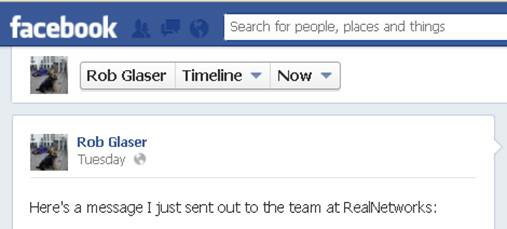 Dear RealNetworks Team,
Dear RealNetworks Team,
I'm writing to provide an update on the progress we've made over the past 8
weeks and to provide some context and information regarding the layoffs that
are taking place today.
When I came back in as Interim CEO on July 3rd, I said we would focus on 3
things:
Reviewing and assessing all of our businesses and new initiatives,
Coming up with a go-forward Strategy for RealNetworks that would set us up to
grow and thrive, and
Putting together a plan to stop burning cash and to return the company to
profitability.
I also said we would move fast, have a bias towards action, and would work hard
to complete all 3 of these efforts within 2 months.
After a lot of hard work by many people across the company and around the
world, today I report to you that we have indeed achieved the 3 objectives we
set out to work on beginning 8 weeks ago.
Very soon I will have a lot more to say about our collective assessment of our
businesses & new initiatives, and about our go forward strategy.
Specifically, we have scheduled a series of company meetings – both in Seattle
and at our main offices around the world – for on or around September 6th.
After these meetings I believe that each of you in attendance will walk away
with a clear understanding of our strategies and excitement regarding where
we're going.
Today I will discuss our plans to return the company to profitability -- in a
way that will set us up for future growth & success.
As we mentioned on our financial results call on August 8th, our senior team
has put together a plan to cut at least $45 Million of annualized costs. This
plan has several aspects to it; one of the main ones is to streamline our
operations and to do things more efficiently.
Unfortunately, a major part of this streamlining entails reducing our workforce
from approximately 1140 people to about 980 people. We are doing this in two
phases. The first phase, which begins today, involves laying off approximately
80 people, who are being given notice today.
The second phase, which will take place over the next 3 to 7 months, involves
approximately 80 more people, who are being notified today that there is a
specific future date when their current assignment will be ending. We hope to
redeploy a number of these people when their current assignments end, but as of
today don't know how many we will find positions for. These people are working
on projects that will merge duplicate systems or otherwise make us more
efficient.
I want to express my deepest gratitude to the approximately 160 people affected
by today's announcement, and also my remorse that we have had to take these
steps. You have all made major contributions to RealNetworks. We are grateful
for everything you have done for our company and our customers.
I also want to express my appreciation to the approximately 980 people who are
not directly impacted by today's actions, and to acknowledge that many of you
are indirectly affected, because of the impact on your colleagues and friends.
Permit me to close on a personal note. When I came back into Real after having
been away from day-to-day operations for 2 ½ years, I thought there was a
pretty high likelihood that there would be a day like today. I knew it would
suck for everyone, and indeed it does.
But I promised myself that if we did have to do a significant layoff, I would
do everything in my power to make sure that when we did it we also knew where
we were going. I wanted to be able to look everyone in the eye and tell them
that we have a plan to succeed that I believed in from the bottom of my heart.
I feel like we are almost there. While we still have a few areas to work out,
we have made great progress. I can honestly tell you today that we are at least
80% of the way to having such a plan for every major part of our company, and
have line-of-sight on the final 20%.
This clarity on strategy, as you would expect, has significantly influenced how
and where we are cutting costs, and where we are investing for the future. I
look forward to discussing this further when we meet next week.
Rob
Glaser responded to a New York Times inquiry about his decision by saying that he will limit his Facebook posts to major company-wide messages. The few comments he's received on Facebook support his transparency.

Fortunately, the email also is well written and appropriate for a layoff message. And it's not the first. The New York Times reports that Glaser has been keeping employees informed throughout the process, so this email is no surprise.
Discussion Starters:
- How does Glaser balance emotional appeal and logical arguments in his email?
- How is the email structured? Does this work well for the message and audience?
- What do you think of Glaser's tone, particularly this line: "I
knew it would suck for everyone, and indeed it does"?
 The new policy drew threats from Instagram heavy weights Justin Bieber and Kim Kardashian. #Boycottinstagram quickly gained momentum on Twitter.
The new policy drew threats from Instagram heavy weights Justin Bieber and Kim Kardashian. #Boycottinstagram quickly gained momentum on Twitter. 